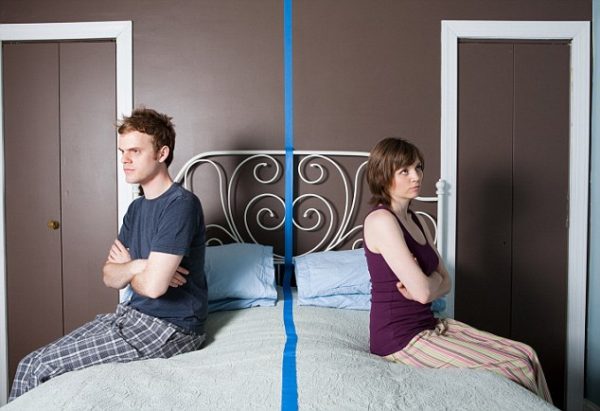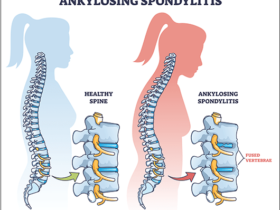Mold found indoors can cause health problems in those sensitive to mold. These symptoms can range from mild allergy symptoms to more severe respiratory symptoms. Symptoms can be immediate or can come with prolonged exposure.
Mold grows in cool, damp places and can be found in the home. Many crawl spaces meet these criteria for mold growth. Look out for signs that you may have mold in a crawl space to protect yourself and your loved ones from adverse effects.
Read on to learn the signs and warnings of mold and how to take care of the problem.
What is Mold?
Mold is a tiny organism found almost everywhere. It exists on plants, food, and leaves and can be inside or outside. Mold is essential to the environment for breaking down organisms.
Mold spores are small and can travel through the air. Excess exposure to mold can cause hay fever-like symptoms in humans.
The different types of crawl space mold cause different symptoms. Certain molds create toxins called myotoxins that can cause serious illness. Most mold causes allergy-type symptoms, though.
How Does Mold in a Crawl Space Grow?
If your crawl space isn’t well ventilated, moisture can build up in the area. Moisture can get in and will stay in without a way for it to escape. Also, if your crawl space is not sealed, it is easier for water to get in.
Smell
Your sense of smell may be the first thing to tip you off to mold growth in your crawl space. You may start to notice a musty smell in your home. It is a sign that you have mold growth.
Moisture trapped in a dark and damp space will lead to mold growth. Do not ignore odors in your home. Click for crawl space cleaning at the first sight of mold growth in your home.
Moisture
Excess condensation in a crawl space can lead to mold growth and problems. Inspect your crawl space often to check for moisture and mold growth. If you find moisture, there are ways to fix the problem and prevent it from coming back.
Mold can be prevented by controlling the moisture source. Gutters and downspouts should get inspected for leaks. A dehumidifier can remove moisture from the air, and a drain can carry water away from your crawl space.
Allergy Symptoms
If you have seasonal allergies, worsened symptoms may indicate a problem in the home. Mold spores can cause a reaction similar to that of allergies. Prolonged mold exposure will cause symptoms to become more severe.
Allergic reactions to mold are common. You may have itchy, red, and watery eyes. You may also have irritation to the skin, throat, and lungs.
Repeated exposure to mold can increase the severity of the symptoms.
Prevent Mold Growth in Your Crawl Space
The best way to avoid the adverse effects of mold in a crawl space is to inspect it often. If you notice any signs of crawl space mold growth, do not hesitate to have a professional take care of crawl space mold removal. Getting rid of mold earlier rather than later will save you time and money.
If you found this article helpful, you can find more like it on our website.











